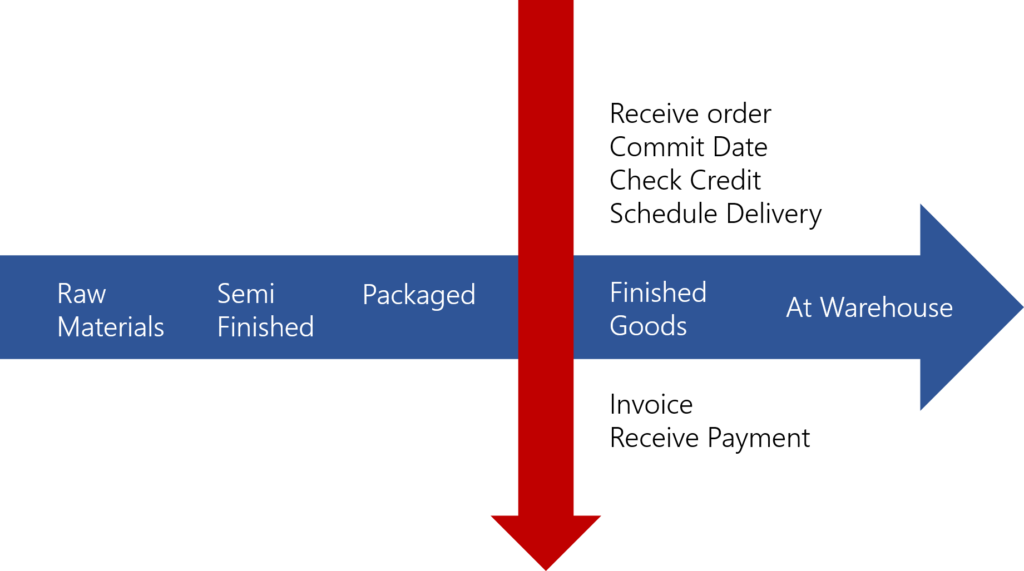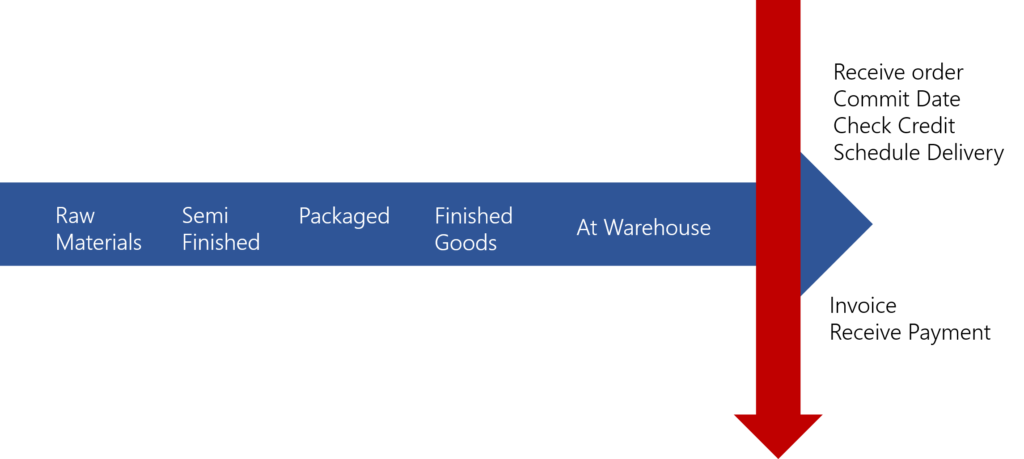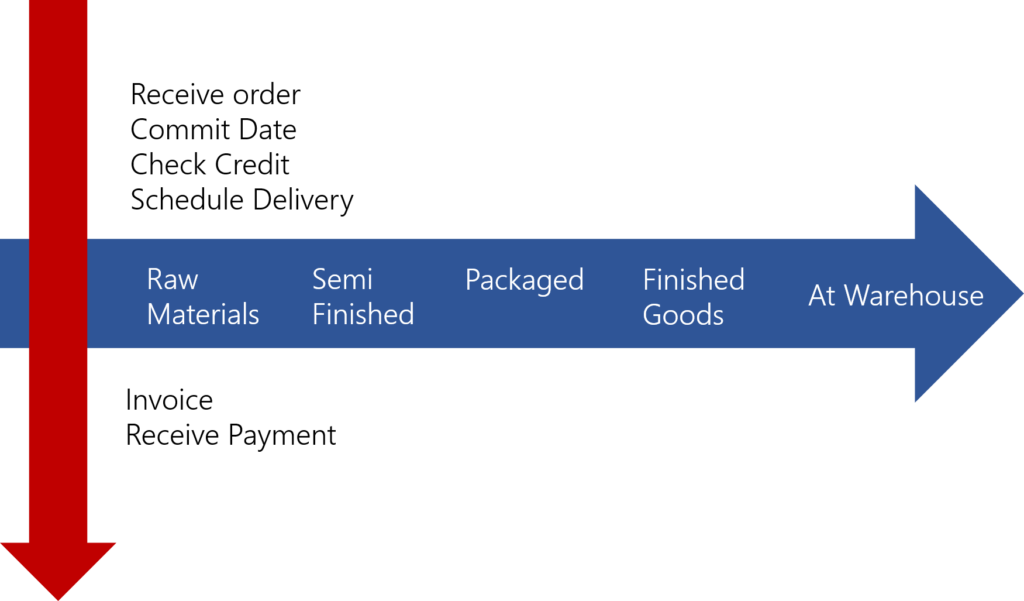
During a recent seminar presentation, one of the attendees asked if it was worthwhile to segment demand based on the order lead time. In this blog post, I’ll address the question of how to use order lead time demand segmentation analysis.
What is order lead time?
To set the foundation for this discussion, let us first look at the definition of order lead time. Order lead time is the time gap between the date when a customer places an order and when they expect to receive the product. Typically, in a B2B environment, the expectation is that there will be some gap between the two dates, and in many cases, this gap can be negotiated.
Order lead time calculation
As an example, say a customer calls a supplier on the 3rd of a month and orders 500 KGs of a product. They expect the product on the 23rd of the same month.
The Order lead time then is 23-3 = 20 days.
In business to business (B2B) world, there are two different ways this is interpreted.
- One is that the customer expects delivery on the 23rd. Further, let us say that the lead time is seven Then, the supplier must ship the product on the 16th (23-7), which gives it 13 days to get the product ready.
- The second way is that the customer only wants the product shipped on the 23rd. In this case, the supplier has 20 days to get the product ready and shipped. This second way is getting rarer every day.
The figure 1 below shows this illustration. The horizontal arrow shows the flow of materials, whereas the vertical line represents the flow of information. The place where these two intersect determines the order lead time.

Figure 1: Order and manufacturing flow
If, as in Figure 2 below, the order arrives very late in the product manufacturing process, then the business has no option but to carry inventory, leading to a Make to Stock (MTS) option. Obviously, this is the case in retail operations because the consumer expects the product to be on the shelf when they show up. Even in B2B world, there are many examples where the expectation is that the product will be available the same day or next day at the latest.

Figure 2: make to stock manufacturing sequence
If on the other hand, the order arrives with enough time to do all the manufacturing steps, then this can be classified as make to order (MTO) product. See the picture below.
[Learn More: Arkieva Replenishment Planner uses a sequential rule-based algorithm to plan supply across a multi-echelon supply chain network.]
Figure 3: Make to order manufacturing sequence
Of course, there are a lot of minor variations available in the middle which can account for different strategies such as Assemble to Order (ATO), Engineer to Order (ETO), etc.
As already hinted above, one clear outcome of segmenting demand based on order lead time is to establish the abovementioned inventory policies (MTS, MTO, ATO, etc.) Note that, it is possible the same product might have some customers providing a long order lead time, whereas others might expect same day delivery.
Order lead time demand segmentation analysis
Demand segmentation based on order lead time allows current Arkieva customers to make data-driven decisions. For instance, it is helpful to segment demand data on bands of order lead times. While these bands will differ from business to business, here’s an example of order lead bands that can be used during the segmentation process. Note that, with every business, the cutoffs for the categories tend to be different.

Figure 4: Sample Order Lead Time Band
One can similarly segment demand based on the variability of these lead times. Perhaps there are groups of customers who always order with a 5-day lead time; while there are others who are more sporadic, sometimes 1-day, other times 15 days as an example.
Demand segmentation using order lead times should be connected to the forecasting process. Customers with very short order lead times, or with highly variable order lead times should be forecasted very carefully. If using a plan by exception methodology, then these should be marked as exceptions.
[Read More: Using Profit based Product Segmentation for Planning]What happens when things don’t go as planned?
Order lead time demand segmentation can also be used to set up alerts for supply chain getting out of balance. For example, let’s say:
- The average business next day order = 33%
- Customer fill rate = 97%
It could be reasonably assumed that the business will get in trouble if the percent of next day orders were to increase significantly.
For this scenario, what happens if the percent of next day orders go up from 33% to 35%?
Probably not much. But what if it approaches 45%? Surely, the business will have trouble keeping up the fill rate as some of those orders (more than usual percentage) will be filled late. Thus, an alerting system dashboard can be implemented based on this analysis to provide an early warning for corrective steps to be taken.
This segmentation analysis can be further used by creating a 9-cell matrix in following ways:

Figure 5: Alerting system based on order lead time demand segmentation
- If Percent Margin information is available, then the items with low percent margin as well as short order lead times should be considered for removal via product line rationalization.
- One can do the above analysis using Total Profit as opposed to percent margin
- If forecast accuracy data is available, the cells in red could be candidates for collaboration or special attention.
Essentially, creating an order lead time demand segmentation process and analysis could be beneficial to creating the right inventory policy setting process, but also, with creating a more proactive approach to your supply chain management.
I’ve shared some examples of how to use order lead time in your demand segmentation process. Do you have other examples? Please share via comments.
Enjoyed this post? Subscribe or follow Arkieva on Linkedin, Twitter, and Facebook for blog updates.





